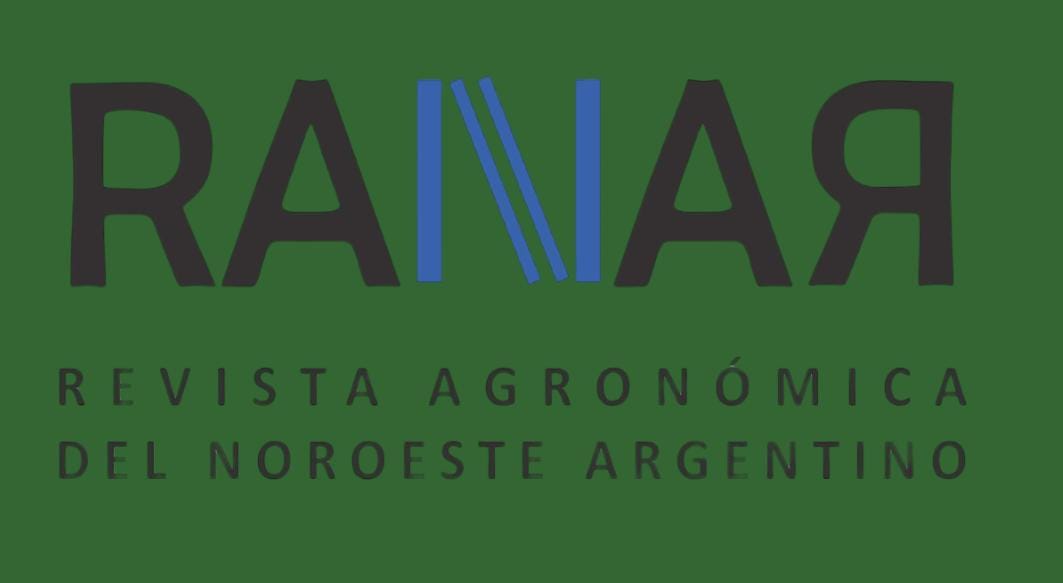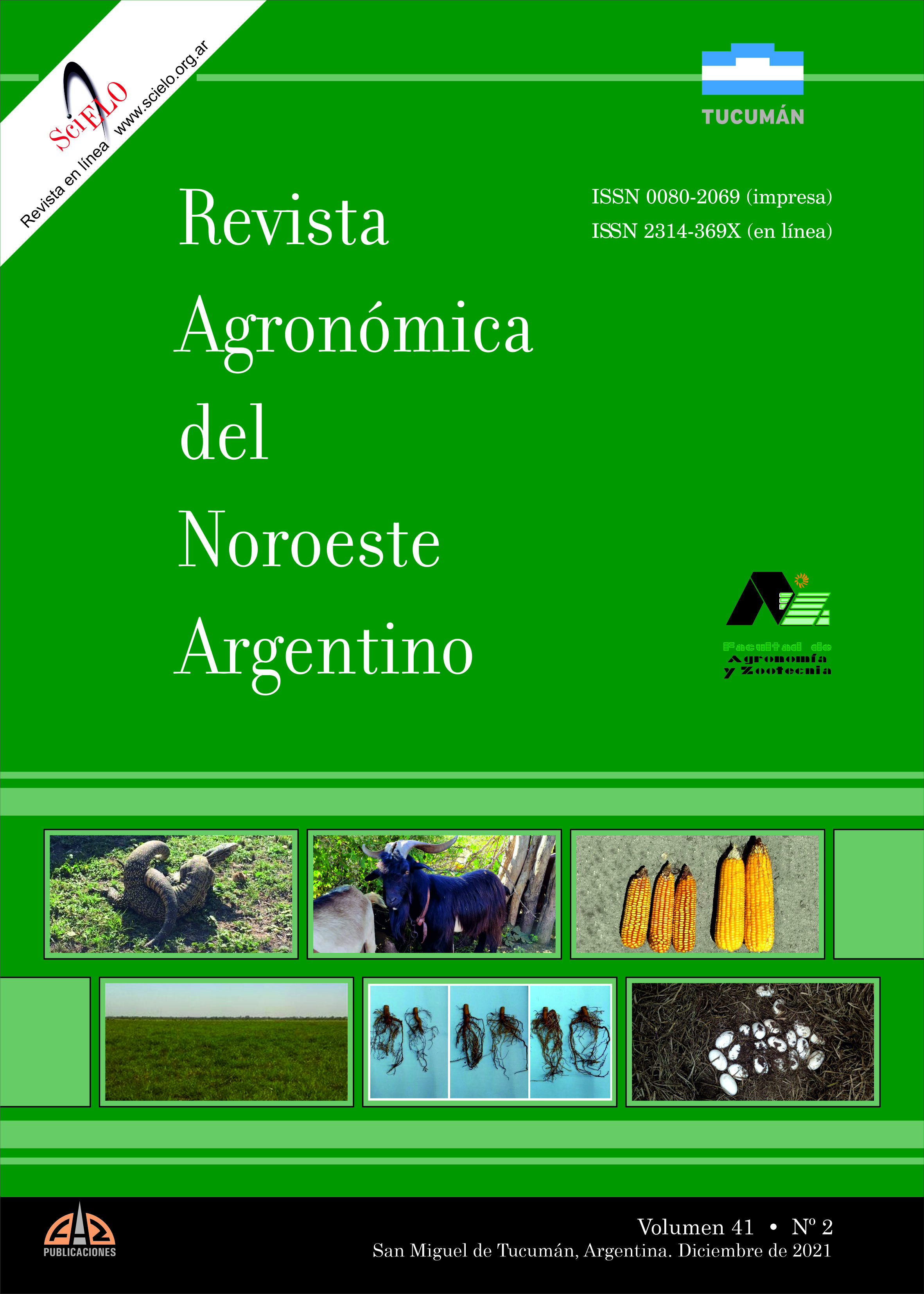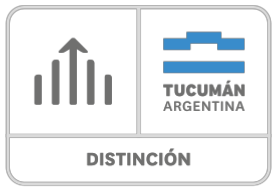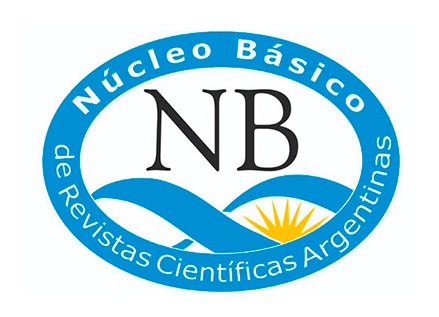Modelling of lactation curve for Serrana Creole goats from Northwestern Argentina
Keywords:
Goat cattle, Dairy production, Mathematical models.Abstract
The mountainous areas of Northwestern Argentina (NOA) are a natural habitat to mountain biotype Creole goats (Criollas Serranas). Previous studies have shown that these goats have an interesting dairy potential. Since there exists no information about milk production dynamics throughout lactation, it becomes necessary to continue characterizing milk production processes, while studying the characteristics of the lactation curve, and the mathematical models with better fits. This work is based on a database with information on 559 lactation processes, as part of the milk production monitoring of 256 Criollas Serranas goats from the NOA region. Records were obtained from 1998 to 2005. These records, which were taken weekly throughout lactation, were fitted to the following models: inverse polynomial, incomplete gamma function, Cobby and Le Du, Wiltmink, Papajcsik and Bodero, Cappio Borlino, Danhoa, and McNally. In order to choose the model that best fit the lactation curves, the Akaike and Bayesian information criteria, the root mean square error (RMSE), and the determination coefficient (R2aj) were taken into account. The Cappio Borlino model turned out to be the most appropriate. This is because it has been specifically formulated to model small ruminant curves, being particularly suitable for curves with a significant decline after lactation peak.









